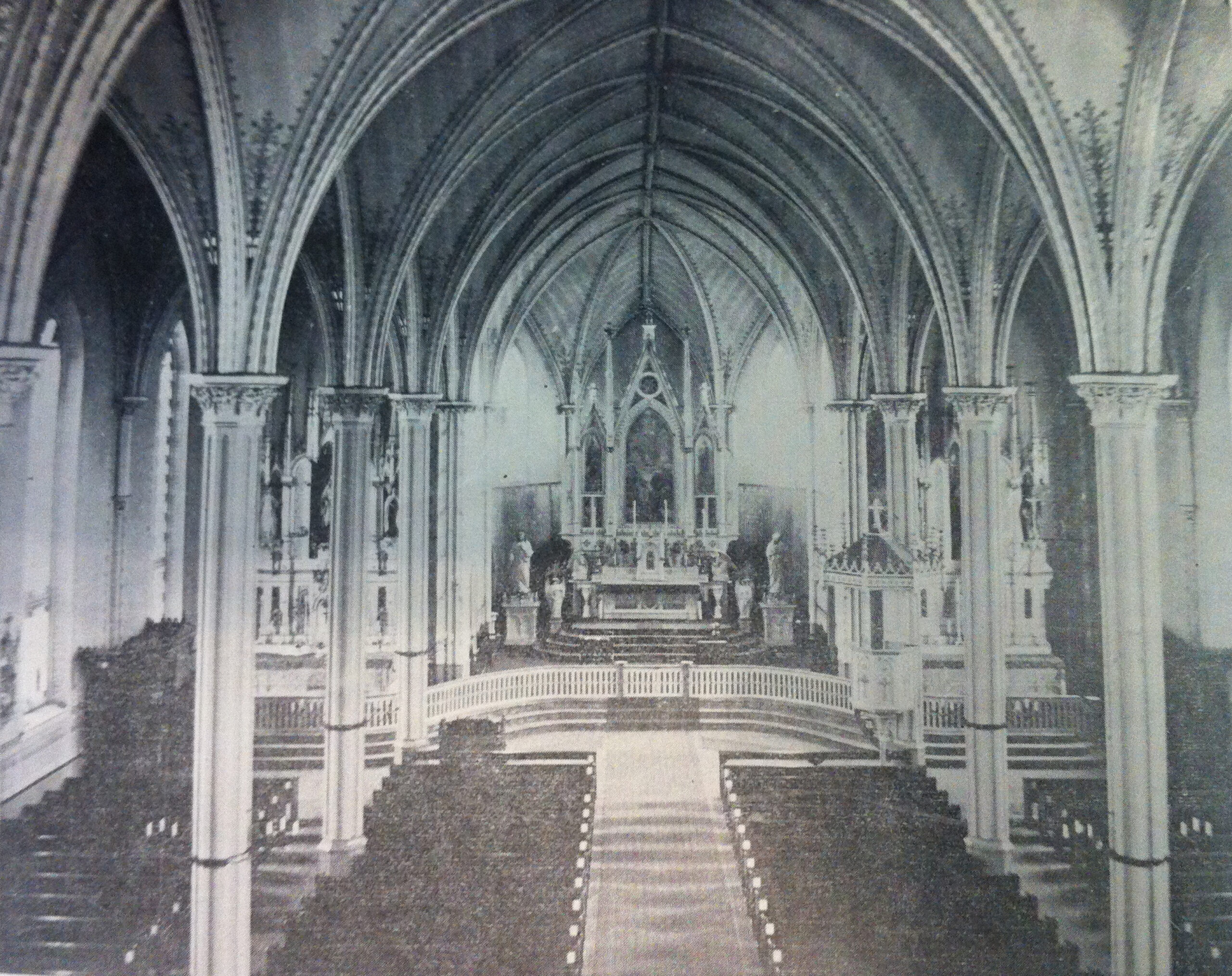Reveal the Rich History and Peace of Churches in Lancaster Ohio
Snuggled within the tranquil landscapes of Lancaster, Ohio, exists a tapestry of churches that not only serve as areas of worship however likewise stand as silent witnesses to the rich background and building wonders of the area. As we explore the midsts of Lancaster's church background, we uncover tales of durability, confidence, and the enduring legacy that proceeds to form the present-day landscape.
Historic Advancement of Lancaster Churches
Developed from modest starts, the churches in Lancaster, Ohio have a rich historical advancement that mirrors the neighborhood's solid spiritual heritage. The early churches in Lancaster were straightforward structures, typically wood buildings where inhabitants collected to praise and construct their community. As the community grew, so did the churches, with lots of congregations increasing and building even more fancy edifices to fit their participants.
Throughout the years, the churches in Lancaster have played a considerable duty in shaping the town's social and social landscape. They have been facilities of not simply worship however likewise area events, education, and assistance throughout times of difficulty. A number of the churches in Lancaster have actually represented generations, witnessing the town's advancement from a small settlement to a thriving community.

Architectural Marvels in Lancaster Ohio
A number of striking architectural marvels grace the landscape of Lancaster, Ohio, showcasing elaborate designs and historical significance. One such marvel is the Georgian-style Fairfield Court, created in 1871. Its impressive white exterior, grand columns, and clock tower make it a noticeable spots in the city. The Sherman House Gallery, a Victorian manor integrated in 1823, is another architectural gem. With its ornate detailing, wrap-around porch, and historical displays, it supplies site visitors a glance right into Lancaster's past - churches in lancaster ohio.
The Attractive Arts Center of Ohio, housed in a restored 1835 Greek Resurgence manor, is a work of art of architectural preservation. Its stylish proportion, tall columns, and complex moldings exemplify the workmanship of the era. Additionally, the Martens Building, a historic industrial framework dating back to 1871, flaunts a mix of Italianate and Victorian architectural designs, adding to the city's building diversity.
These architectural wonders not just boost the visual charm of Lancaster but likewise work as beneficial links to its abundant history and social heritage.
Spiritual Peacefulness Amidst Lancaster's Churches
Among the architectural wonders that grace Lancaster, Ohio, the churches in the city supply a peaceful spiritual refuge for locals and site visitors alike. These sacred areas of worship not just stand as icons of belief yet also work as places of harmony in the dynamic city. Stepping right into the churches in Lancaster, such as the historical St. Mary of the Assumption Church or the classy First United Methodist Church, site visitors are enveloped in a feeling of peace and reflection.
The spiritual calmness located within Lancaster's churches offers a minute of respite from the demands of every day life, inviting individuals to mirror, meditate, and find solace in their confidence. churches in lancaster ohio. Whether one seeks a silent location for individual prayer or a neighborhood to cooperate prayer, the churches in Lancaster accommodate a varied range of spiritual requirements
In a globe loaded with sound and interruptions, the churches in Lancaster, Ohio, stand as signs of calmness and representation, offering an area where people can get in touch content with their internal selves and locate spiritual revival.
Neighborhood Impact of Lancaster Churches
Lancaster churches play an essential role in shaping and enriching the local community through their numerous outreach programs and solutions. These churches function as pillars of support, offering support to those in requirement and promoting a feeling of belonging amongst citizens - churches in lancaster ohio. Via efforts such as food drives, apparel contributions, and sanctuary arrangements, Lancaster churches proactively address issues of poverty and being homeless within the community
Moreover, Lancaster churches regularly organize area events and events that advertise unity and togetherness. These occasions supply possibilities for people from all strolls of life ahead with this each other, share experiences, and construct long-term relationships. By cultivating a feeling of neighborhood spirit, Lancaster churches add to the overall health of the citizens and produce a supportive setting for all.
Heritage Conservation Efforts in Lancaster
Having developed themselves as important pillars of the community, the churches in Lancaster, Ohio, have actually been actively participated in protecting the abundant heritage of the region through committed initiatives and efforts. These heritage preservation endeavors are crucial in keeping the historic these details relevance and architectural appeal of the churches for future generations.

Additionally, neighborhood outreach programs organized by the churches play a vital duty in heritage conservation. These programs not just inform the public regarding the historical relevance of the churches yet additionally involve volunteers in conservation activities such as historical study, artifact conservation, and guided historic excursions. By entailing the area in these initiatives, the churches cultivate a feeling of stewardship and cumulative obligation towards preserving Lancaster's rich heritage.
Conclusion
In verdict, the churches in Lancaster, Ohio, are not just historic spots with building relevance however likewise act as spiritual sanctuaries for the community. Their influence exceeds just spiritual services, as they play an important function in preserving the heritage and history of the area. With their rich history and tranquil environment, the churches in Lancaster remain to be an essential part of the area, showcasing the relevance of confidence and practice.